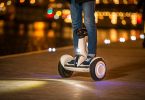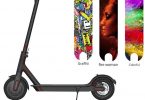My name is Phillip Gray and I love going outdoors riding on skates and scooters. I work as a graphic designer and I love creativity. This is why I appreciate the different creative scooter’s designs. I’ve been riding on kick scooters ever since I was 5 and one of my early scooters had grown-up together with me.
Some rules to observe when driving a scooter in the city
In most US and Canadian cities, more and more scooters are invading the urban centers. While neither the law nor urban planning had anticipated this phenomenon, where are we today from the regulation of scooters? The recent emergence of self-service electric vehicles further accentuates the debate around legislation. Where to ride a scooter? How fast? Our update on the regulation of scooters and the latest announcements and news.
Following the announcement of the National Bike Plan, the National Traffic and Motor Vehicle Safety Act announced new regulations for scooters. It’s done. Scooters and personal travel vehicles appeared in the Safety Act.
But what is a personal travel device? This new term is used to refer to scooters, gyropodes, and other new modes of travel. The machine may or may not be powered. The applicable rules change depending on the type of device. So remember this nice acronym: EDPM. Motorized Personal Travel Device. That’s the new name for the electric scooter.
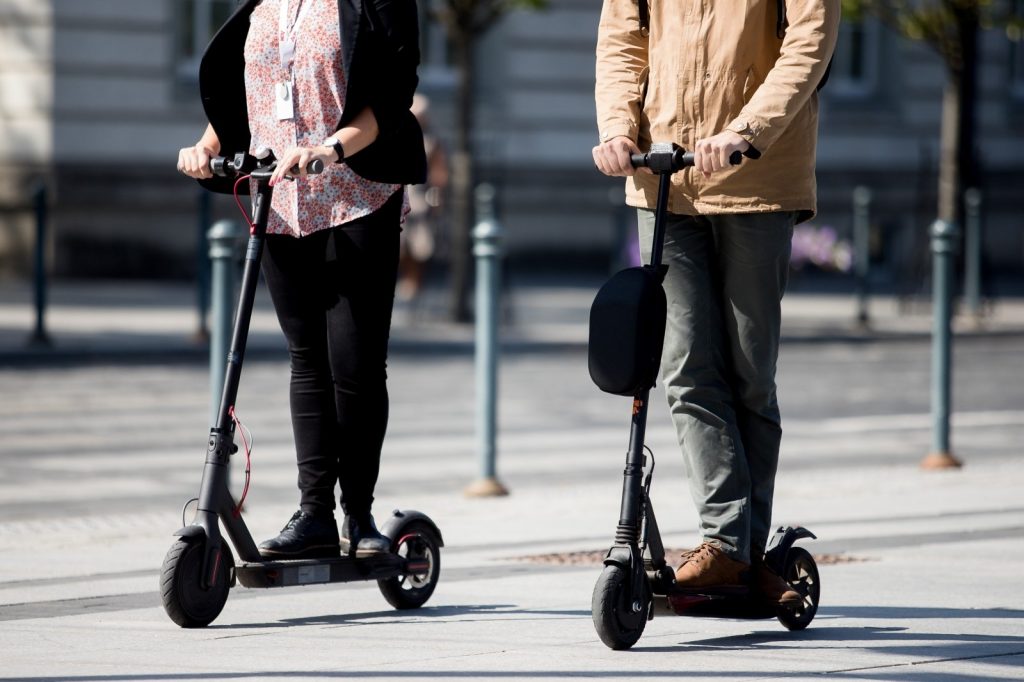
What place for the scooter in the city?
Both the kick and electric rides and their sisters are now vehicles, just like bicycles. With their rights and obligations. But all the new rules specifically refer to EDPM.
Not non-electric devices. Which should therefore have been relegated to the general category of vehicles. But it seems not. When asked about this, the administration replied:
“Road code considers the scooter to be a small vehicle without an engine. However, the National Traffic and Motor Vehicle Safety Act equate users of these vehicles with pedestrians. The size of the vehicle is the reason why its users are not equated with cycle users. The riding device without an engine is therefore too small to be a vehicle and it has the right to ride on the sidewalk, at the speed of a pedestrian, of course.”
Electric scooters, the end of legal uncertainty
For electric rides, the question is finally clarified! They are now classified as electric personal motorized travel devices (EDMMs) in the same way as hoverboards, gyropodes, and mono-rolls. Please note: the engine must be electric. The thermal engine is excluded. The EDPM must have a maximum speed of 25kph (15.5mph). In general, their rules of movement were inspired by bicycles.
Who can use an EDPM or an electric scooter?
A single user of at least twelve years. So, no, it is not possible to take the device with mini-me to take him to school. There are also two-man romantic rides on an electric device.
So where should the EDPMs run?
In urban areas, PMDAs must use bike lanes if they exist. obligatorily. Even if the bike is not required to do so. In the absence of a strip or bike path, the electric device must travel on the roadway. Never on the sidewalk either. Pedestrian areas are accessible, provided you drive slowly.
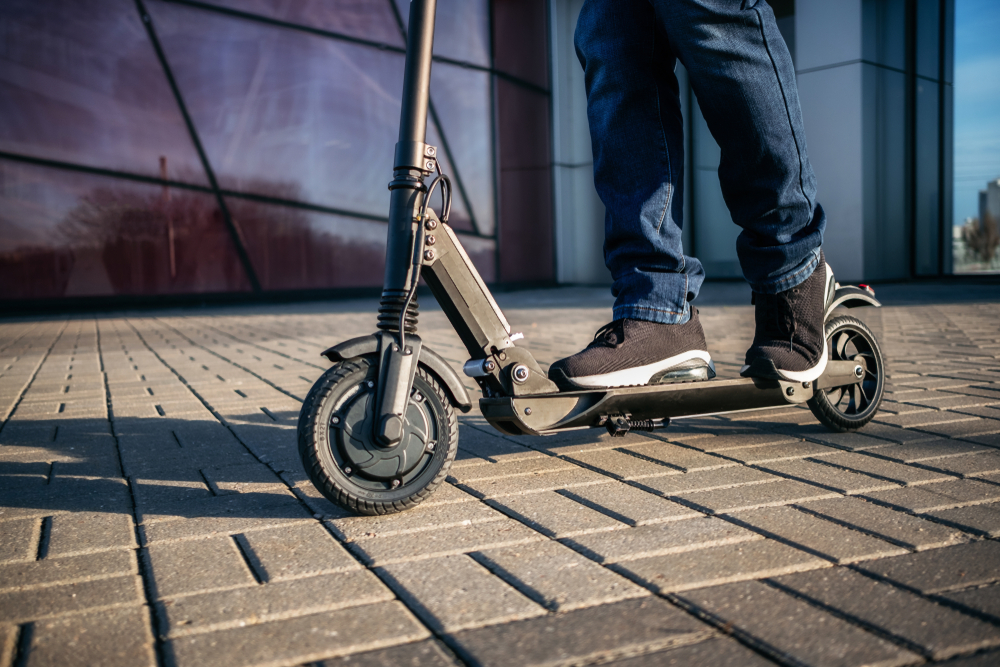
City safety rules to follow
When riding a personal mobility vehicle whether kick or electric, you also adopt a new way of life in the city: more fun, less pollution. might as well do it safely. These few essential safety rules can make your ride safer, and cohabitation with cyclists and pedestrians more serene. Common sense rules that, beyond the regulation of electric and mono-wheel rides, will allow you to drive safely.
Here are 10 tips to travel in complete serenity and in good intelligence, with the other users of the city to apply for all EDPM (Motorized Personal Travel Engine) such as the electric devices but also for the gyropodes and skates of course
1. Bike paths and greenways
With scooters, gyros, or other EDMPs, you can ride on the bike paths as a priority, even if they are shared with the buses. If there are none, we drive on roads that are limited to 50km/h in urban areas. You are also entitled to greenways, shared areas, and counter-senses. On the other hand, it is not advisable to ride on sidewalks.
2. Pedestrians are the priority
In the city, it is the law of the weak that applies on the street. Pedestrians always have priority. Even when they travel to places that don’t suit scooters. Sometimes a “forgiveness” and a smile exchange will often be more effective than a big foghorn that can frighten them and make them go in a direction you didn’t expect.
In a shared area or a pedestrian zone, we moderate its speed and be careful it is not advisable to ride on the sidewalks.
3. Speed
This is the big advantage of scooters, we choose at all times its smoothness to speed. Adapt to the flow of bikes or pedestrians around you, and also to the weather. On a wet road, slow down.
4. Be gentle
Motorists vociferate, cyclists grumble, what if wheelers and riders were models of courtesy and living together? This is not winning because, since the advent of self-service electric devices, their image is degraded. We would be thought of as the new hells angels of the city. So, remain courteous, let strollers and children pass, give the elderly time to settle down first.
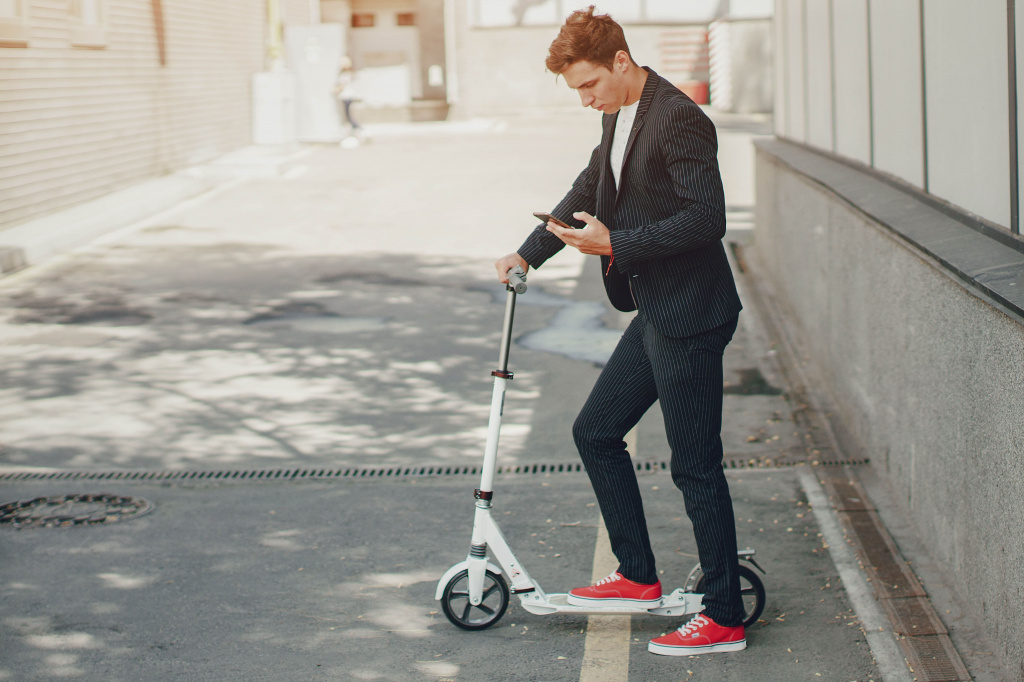
5. Watch garage exists, car doors, and driveways
A car that leaves a building without looking or that rushes into a roundabout without leaving you a priority, a dog that crosses the bike path. A door that opens … Fortunately our rides are maneuverable and easily change course to avoid a collision… still needs to keep his pilot very attentive.
6. Avoid holes, obstacles, slippery surfaces
The rails of a tram, the metal plates, some paintings on the ground, potholes… etc. can be traps for wheelers. These surfaces can be slippery when they are wet.
7. Maintain your machine
The best way to enjoy it, as long as possible, is to maintain it well. This involves very simple things like checking the screws, brakes, tires, etc. Always store your ride indoors.
All the instructions are not intended to spoil the pleasure of driving freely, but to enjoy all the freedom of movement and the pleasure of urban sliding, respecting your safety and that of others!

